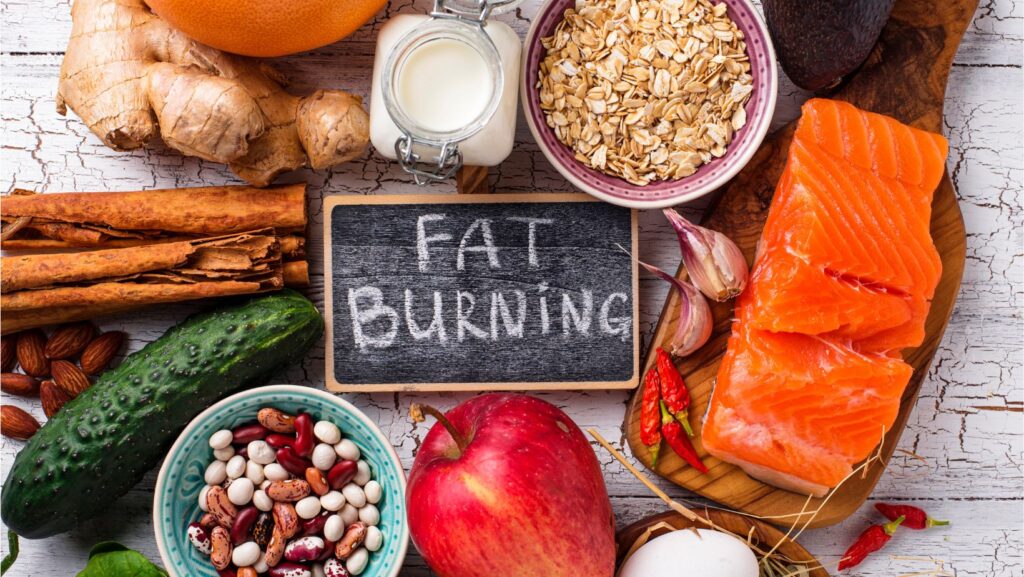At The Supplement Coach, we believe in the transformative power of fitness. It goes beyond aesthetics; it’s about building resilience, pushing boundaries, and achieving a sense of accomplishment that empowers you in all aspects of life. But to truly unlock this potential, we need to understand the science behind what makes our bodies stronger and leaner. Knowledge is power, and with a solid grasp of exercise physiology, you can train smarter and achieve your fitness goals more effectively.
This article dives into the science of building muscle and burning fat, exploring how different workout techniques impact your body.
Building Muscle: The Science of Hypertrophy
Let’s start by addressing a common misconception: lifting weights doesn’t automatically make you bulky. Building muscle, also known as hypertrophy, is a highly controlled process that requires specific training stimuli. Here’s the science behind it:
- Muscle Fibers: Our muscles are composed of different fiber types. Fast-twitch fibers are responsible for explosive movements, while slow-twitch fibers excel in endurance activities. Hypertrophy primarily occurs in fast-twitch muscle fibers.
- Mechanical Tension: The key to stimulating muscle growth is progressive overload, which essentially means gradually increasing the stress placed on your muscles. This can be achieved by lifting heavier weights, increasing the number of sets or reps, or reducing rest periods between sets. Mechanical tension, created when a muscle is forced to contract under load, triggers muscle protein synthesis (MPS), the process by which your body repairs and builds new muscle tissue.
- Metabolic Stress: Lifting weights also creates metabolic stress, which refers to the metabolic disturbance caused by exercise. This stress, along with mechanical tension, further stimulates MPS. Techniques like high-intensity interval training (HIIT) can also contribute to metabolic stress and muscle growth.
Burning Fat: The Science of Lipolysis

Fat loss, or lipolysis, is a complex process influenced by several factors, including diet, exercise, and genetics. Here’s a scientific breakdown:
- Calories and Energy Balance: To lose fat, you need to be in a calorie deficit, meaning you burn more calories than you consume. Exercise plays a crucial role in creating this deficit by burning calories during and after your workout.
- Hormonal Response: Exercise, particularly cardio and HIIT, stimulates the release of hormones like epinephrine and norepinephrine, which signal your body to break down stored fat for energy.
- Muscle Mass: Muscle tissue is metabolically active, meaning it burns calories even at rest. Building muscle mass can therefore increase your basal metabolic rate (BMR), the number of calories your body burns at rest, further aiding fat loss.
Demystifying Workout Techniques
Now that we understand the underlying science, let’s explore how different workout techniques impact muscle building and fat burning:
- Strength Training: The cornerstone of building muscle. Lifting weights with progressive overload is the most effective way to stimulate muscle growth.
- Cardio: While not directly responsible for muscle building, cardio plays a vital role in fat loss. It burns calories efficiently and improves cardiovascular health. HIIT can be particularly effective as it combines periods of high-intensity exercise with rest, maximizing calorie burn during and after the workout.
- Weight Training vs. Cardio: Both are crucial for a well-rounded fitness plan. Strength training builds muscle, which boosts your metabolism and aids fat loss in the long run. Cardio burns calories directly and improves overall health. Ideally, combine both in your workout routine.
Remember:
- Specificity: Your workout program should be specific to your goals. If you prioritize muscle building, focus on strength training with progressive overload. If fat loss is your primary goal, incorporate both cardio and strength training.
- Recovery: Don’t neglect recovery. Your muscles need time to repair and rebuild after a workout. Schedule rest days and prioritize sleep for optimal results.
- Nutrition: A healthy diet is essential for both muscle building and fat loss. Focus on consuming enough protein to support muscle growth and whole, unprocessed foods to fuel your body and manage calorie intake.
Knowledge empowers you to train smarter. By understanding the science behind muscle building and fat burning, you can design a workout program that effectively reaches your fitness goals. Remember, consistency and proper execution are key.
The Supplement Coach can be your partner in this journey. We offer a wide range of supplements to support your fitness goals, but more importantly, we provide valuable information and guidance. Explore our website or reach out to our team for personalized advice. Let’s unlock your full potential, together!


